-
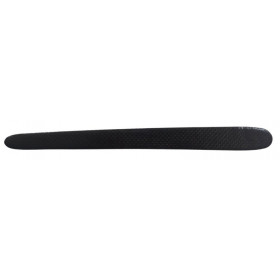 New productFrame protection carbon
New productFrame protection carbon- €1.55
-
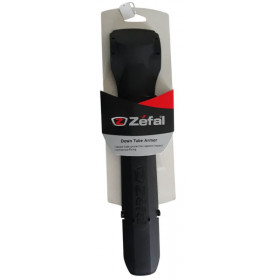 New product NewZefal mountain bike frame protector
New product NewZefal mountain bike frame protector- €9.99
-
 New productBike frame protection Lezyne chainstay protector
New productBike frame protection Lezyne chainstay protector- €6.99
-
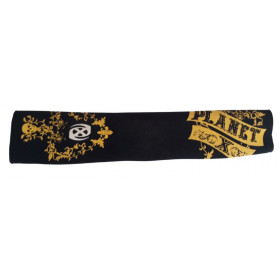 New productPlanet X mountain bike base protection
New productPlanet X mountain bike base protection- €4.49
-
 UsedLapierre frame protector
UsedLapierre frame protector- €6.99
-
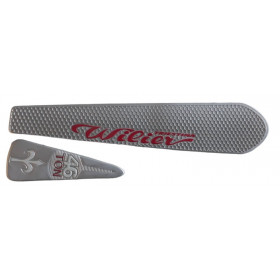 New productWilier frame protectors
New productWilier frame protectors- €4.99
-
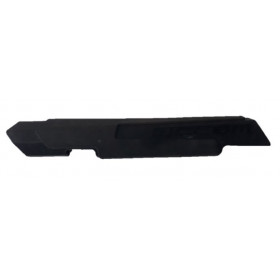 UsedOrbea Occam 29 chain protector
UsedOrbea Occam 29 chain protector- €8.99
-
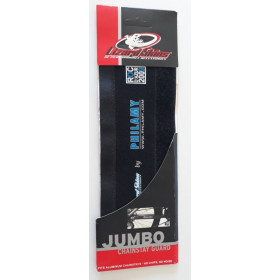 New product -50%Lizard skins Jumbo chainstay guard
New product -50%Lizard skins Jumbo chainstay guard- €5.00
- €9.99
-
 New productLezyne chainstay protector size S
New productLezyne chainstay protector size S- €6.99
Showing 1-9 of 9 item(s)
The MTB enduro frameset is the central element for building a custom bike, designed to excel on technical terrain and steep descents while providing sufficient pedaling capabilities for climbs. Here is a complete guide to the types, features and brands of MTB enduro framesets.
1. Types of MTB enduro framesets by material:
a. Aluminum
Benefits :
- Affordable and robust.
- Resists impacts and wear well.
- Good value for money for beginner or intermediate riders.
Disadvantages:
- Heavier than carbon.
- Transmission of vibrations to the pilot.
b. Carbon
Benefits :
- Very light and stiff, perfect for a high-performance bike.
- Good vibration absorption, increasing comfort.
- High-end aesthetics.
Disadvantages:
- Sensitive to major impacts.
- High cost.
c. Steel
Benefits :
- Robust and durable.
- Natural flexibility providing comfort.
- Ideal for enthusiasts looking for a timeless and unique setting.
Disadvantages:
- Heavier than aluminum or carbon.
- Less common in the enduro segment.
d. Titanium
Benefits :
- Lightweight, corrosion resistant and incredibly durable.
- Absorbs vibrations for superior comfort.
Disadvantages:
- Very expensive.
- Extremely rare in enduro mountain biking due to technical constraints.
2. Main characteristics of MTB enduro framesets:
a. Integrated rear suspension
- Travel: Between 150 and 180 mm, designed to absorb big shocks and provide optimal control when descending.
- Kinematics: monopivot suspension, Horst Link, or Virtual Pivot for a balance between pedaling efficiency and shock sensitivity.
b. Modern geometry
- Long reach: Offering better stability at high speeds.
- Open steering angle (63° to 65°): For more control on technical descents.
- Short Chainstays: Improving agility and maneuverability.
c. Wheel Compatibility
- 29 inches: More speed, better crossing capacity.
- 27.5 inches: More maneuverable and responsive in tight turns.
- Mixed (mullet): 29" at the front for stability and 27.5" at the rear for agility.
d. Fixing points and integration
- Compatibility with bottle cages and integrated tools (like SWAT systems).
- Internal cable routing for a sleek aesthetic and increased protection.
e. Axis Boost
Standard Boost (148 mm): Strengthens lateral rigidity and optimizes clearance for wide tires.
f. Telescopic seat post
Most modern frame kits include or are compatible with a telescopic stem to adjust the height while descending.
3. Popular MTB enduro frameset brands:
a. Aluminum
Commencal: Meta AM
- Affordable kit with modern geometry and generous travel.
- Perfect for demanding riders on a budget.
Nukeproof: Mega Alloy
- Robust and designed for enduro competitions.
- Horst Link suspension for good pedaling efficiency.
b. Carbon
Santa Cruz: Nomad
- Available in 27.5 or mullet version.
- VPP suspension offering great responsiveness on descents.
Specialized: Enduro
- Progressive geometry with 170mm travel.
- Design designed to maximize stability and speed.
Yeti: SB165
- Switch Infinity suspension offering excellent shock absorption.
- Mullet compatible for added versatility.
c. Steel
Stanton: Switchback FS
- Quality craftsmanship, ideal for riders looking for a unique frame.
- Simple and effective suspension for demanding terrain.
Chromag: Doctahawk
Semi-rigid with short chainstays and aggressive geometry.
d. Titanium
Kingdom Bike: Vendetta X2
Suspension integrated into an ultralight and durable titanium frame.
Moots: Womble
Although more trail oriented, it can be adapted to light enduro.
4. Tips for choosing an MTB enduro frameset:
Analyze the terrain practiced:
Technical terrain and serious descents: choose a frame with travel greater than 160 mm.
Mixed routes: a travel of around 150 mm is sufficient, with a more versatile geometry.
Choose the material according to your style:
Carbon: Lightweight performance and responsiveness.
Aluminum: Robustness and controlled cost.
Steel or titanium: Comfort and durability.
Wheel Compatibility:
29-inch wheels are best suited for long, fast descents.
The 27.5 are ideal for more technical terrain.
Budget :
Aluminum is the best choice for an affordable and reliable frame.Carbon or titanium frames are more expensive but offer superior performance.
In summary
A well-chosen MTB enduro frameset guarantees optimal performance on the most demanding descents while remaining efficient on climbs. Brands like Santa Cruz, Commencal, and Specialized dominate this segment with options to suit all budgets and levels. Building your own enduro bike from a frame kit allows you to customize each component to perfectly meet your expectations and your riding style.
